Stan Curtis writes, “They were a half decent design with an inner cabinet of fibre board damping and with two resistive ports to give a controlled reflex tuning. The bass unit was a KEF B200 and the tweeter was the excellent SEAS unit which I subsequently used on the first Mission loudspeakers. The crossover was unusual in that it had a tuned circuit which removed a peak in the tweeter’s response.
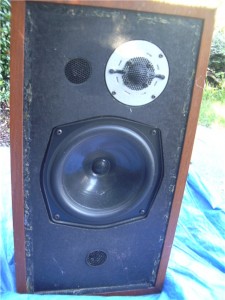 The cabinets were not made by one of the speaker cabinet people but by a local furniture manufacturer who set high standards. I remember that the owner was 86 years old and his son; the youngster, was a mere 74 years old. The speakers sold well and I wanted to increase production but he didn’t want to work overtime. When I explained that his company would make more money he actually said “Son, my wife and I have a big house; two Jaguars and take a cruise each year. We can only eat three meals a day so what do I want with more money?”
The cabinets were not made by one of the speaker cabinet people but by a local furniture manufacturer who set high standards. I remember that the owner was 86 years old and his son; the youngster, was a mere 74 years old. The speakers sold well and I wanted to increase production but he didn’t want to work overtime. When I explained that his company would make more money he actually said “Son, my wife and I have a big house; two Jaguars and take a cruise each year. We can only eat three meals a day so what do I want with more money?”
 The original 1976 Harrogate Show prototypes of the LB1 Lynettes sale in 2010. Note the vent stuffed with drinking straws, probably in an attempt to reduce port “chuffing”.
The original 1976 Harrogate Show prototypes of the LB1 Lynettes sale in 2010. Note the vent stuffed with drinking straws, probably in an attempt to reduce port “chuffing”.
They differ from production in having Dalesford 8 inch bass drivers rather than the production KEF units and having a (now battered) piano black paint finish.
Strange things happen. They probably don’t sound too wonderful and aren’t worth a great deal but are a slice of history. The seller used to work for one of Lecson’s sub-contractors.



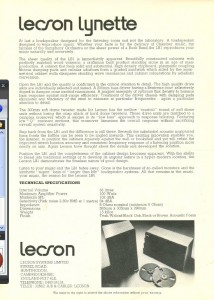
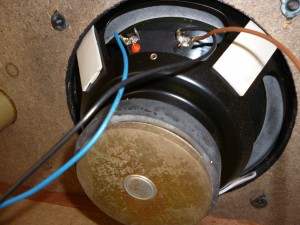
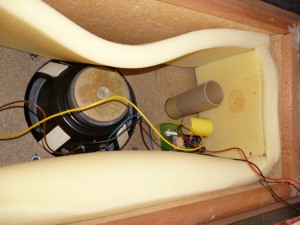
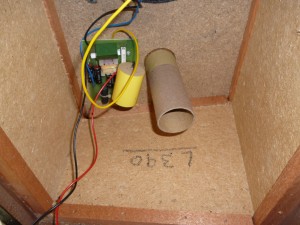
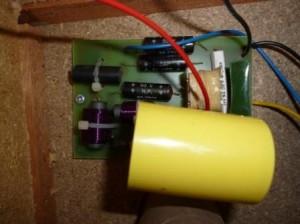
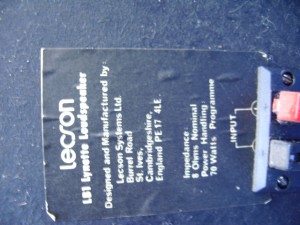
Hello,
I am here to ask some advice on the LB1 Lynette loudspeaker, as this is the only place on the internet I can find, in the whole wide world, which talks in-depth of these speakers.
I have a pair of LB1 Lynette’s which I am fixing up for a friend, knowing that the parts would now be discontinued because they looked like old loudspeakers and indeed they are! My question is, are the parts too rare to even consider fixing these speakers up for my friend? Is it realistic?
I am thinking of giving it a go at finding the parts I need (after I have taken them apart) but I don’t know how available they are. If not, I will probably use different parts to get them working again.
Any help would be much appreciated.
P.S. What a great site you’ve got going here! It’s very inspiring to see information on older speaker systems etc. I’m 22 so they’re way before my time.
Kind Regards,
Johnathan
Maybe the only place available to the public…. we do have a lecson ggole user’s group…
John